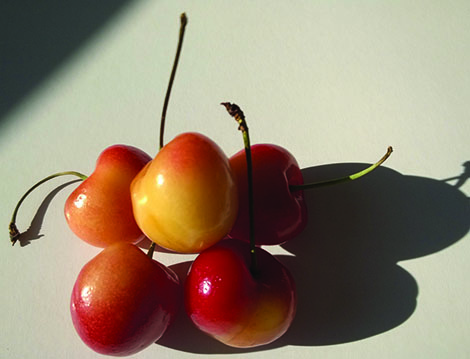Growers in Washington who produce the majority of Northwest sweet cherries often have to respond to weather conditions, such as frost during the early months of 2020 or triple-digit temperatures in late June last year that damaged ripening fruit. 
That will likely mean higher prices at local grocery stories and farmers markets. And with cherries taking longer to develop, harvest has been delayed by several weeks, meaning consumers in the Northwest — and throughout the U.S. — have to wait longer to get their first taste of the juicy red fruit.
“It’s unprecedented,” said Kurt Tonnemaker, who oversees sales efforts of his family’s Tonnemaker Hill Farm in Royal City, which lost 98 percent of its crop. “It’s hard to plan for that.”
Nearly 15 million 20-pound boxes are expected to come from growers in the five-state region — Washington, Oregon, Idaho, Utah and Montana, according to the latest estimate of the Northwest Cherry Growers, the Yakima-based marketing organization. If the estimate sticks, that would be nearly a quarter less than the 20.3 million boxes harvested a year ago and the smallest crop since 2013, when the region produced just 14.3 million boxes. The smaller yield this year could make cherries more expensive for consumers, according to industry analysts.
Source: Crosscut.com, a non-profit Pacific Northwest news site and part of Cascade Public Media.